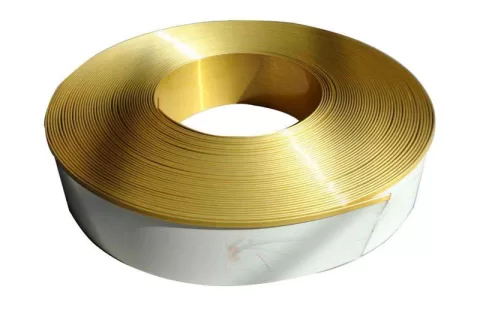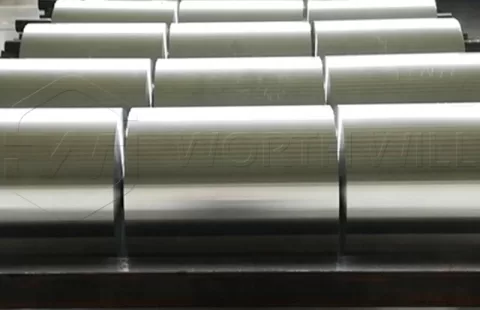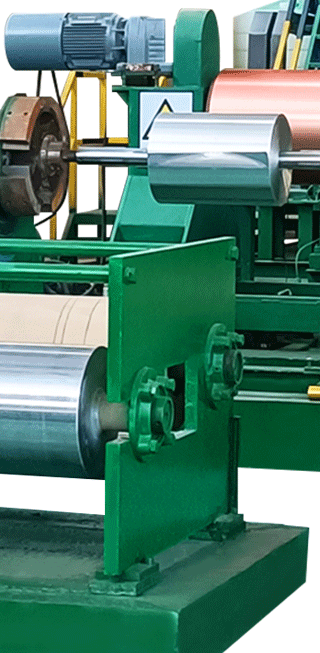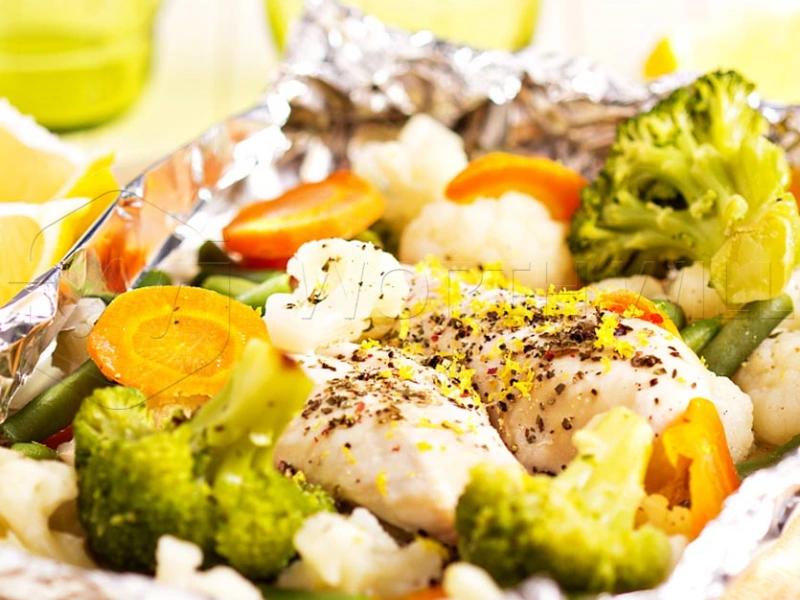
How to Use Aluminum Foil
Aluminium foil is a common household and industrial product used for cooking, baking, packaging, and insulation. It is flexible, heat-resistant, and helps protect food from moisture, light, and air.
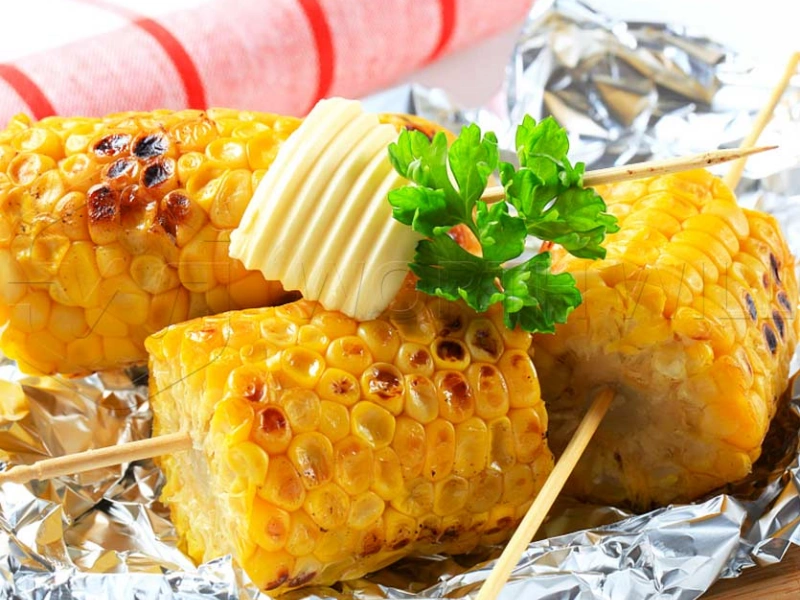

Specification of Aluminium Foil
| Parameter | Details |
|---|---|
| Thickness | 0.01mm – 0.2mm |
| Width | 100mm – 1500mm |
| Alloy | 8011, 1235, 3003, 3004, 1050, etc. |
| Temper | Soft (O), H18, H24, etc. |
| Surface | Shiny/Matt |
| Usage | Food wrapping, insulation, baking |
Classification of Aluminium Foil
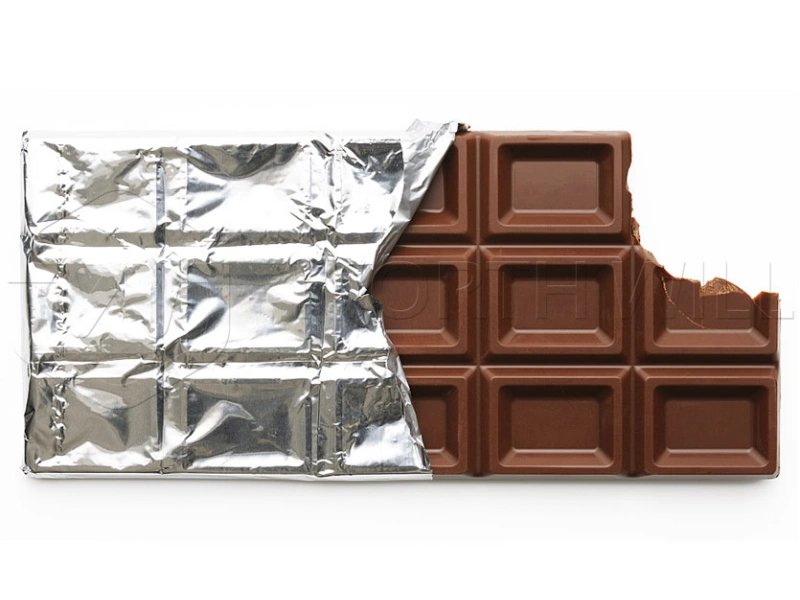
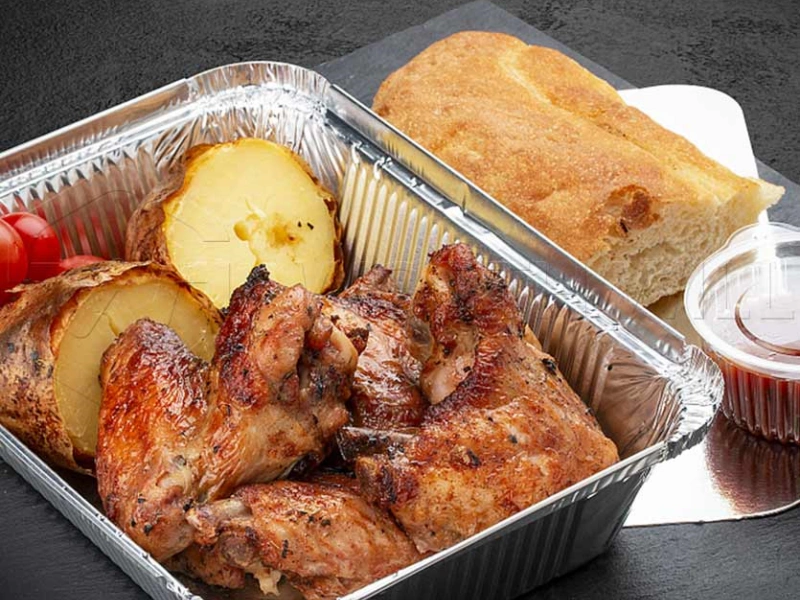
- Household Aluminium Foil – Used for kitchen and food storage
- Pharmaceutical Aluminium Foil – Used in medicine packaging
- Industrial Aluminium Foil – Used for cables, insulation, air ducts
- Container Aluminium Foil – Used in take-out boxes and trays
Which Side of the Aluminium Foil Should Touch the Food?
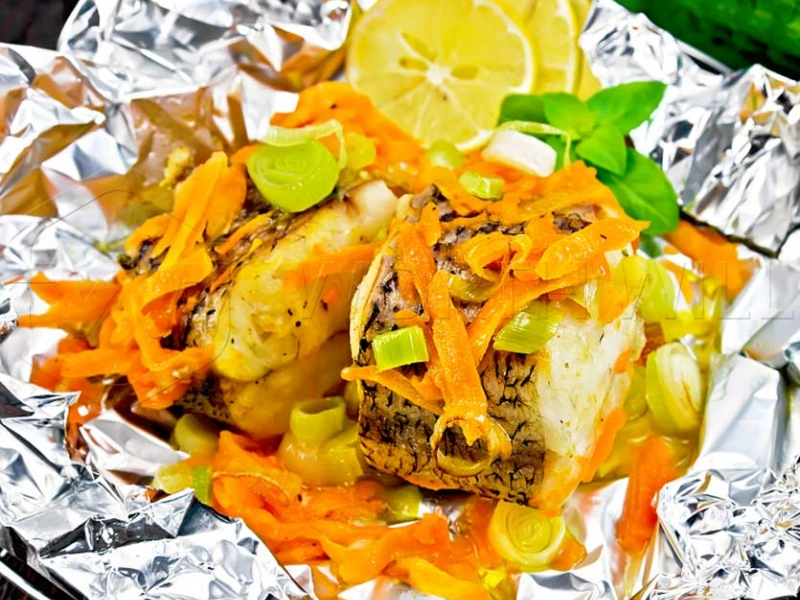
Many people wonder if the shiny or dull side should face the food. Both sides are safe for cooking or wrapping. The different finishes are due to the manufacturing process, not performance. There is no significant difference in heat or cooking result.
✅ Tip: Use either side — the shiny or dull — when cooking or wrapping food. It’s more about personal preference.
How to Use Aluminum Foil: Your Ultimate Guide
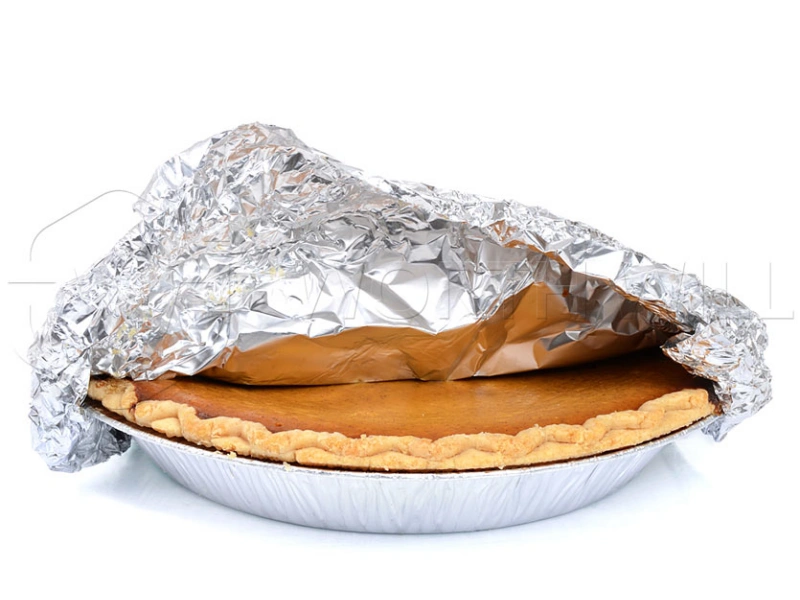
Aluminum foil is a true superstar in kitchens around the world. This thin, shiny metal sheet is incredibly versatile, helping us cook, store food, and even clean. But with its two different sides – one shiny, one dull – many people wonder about the best way to use it. This article will clear up all your questions and show you the many ways this simple product can make your life easier.
Whether you’re wrapping leftovers, roasting a turkey, or even tackling household chores, understanding how to use aluminum foil correctly can make a big difference. Let’s explore its uses and answer the most common questions.
Understanding Aluminum Foil: The Basics
Aluminum foil, also known as tin foil or kitchen foil, is made from aluminum metal. It comes in rolls and is very thin and flexible. This makes it perfect for shaping around food, covering dishes, and many other tasks. Its main job is to create a barrier that can keep food fresh, help it cook evenly, or protect surfaces.
The Great Debate: Which Side of the Aluminum Foil Should Touch the Food?
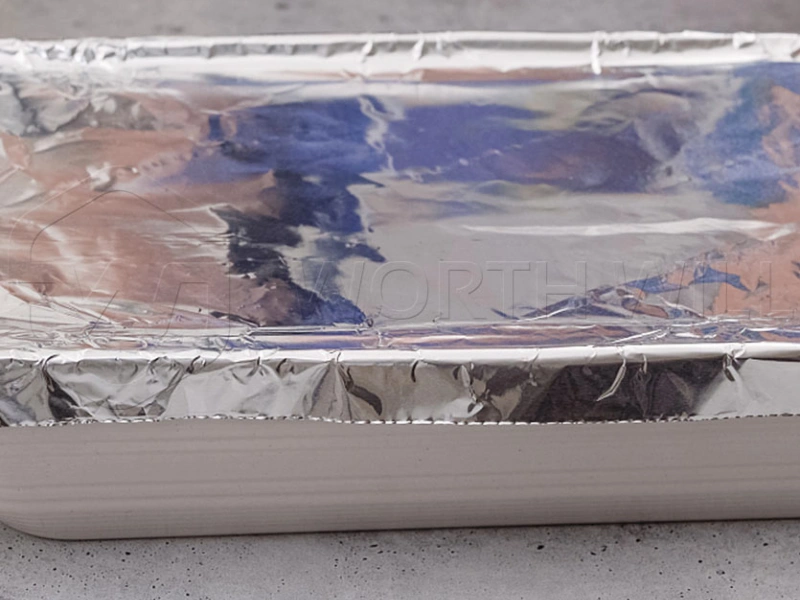
This is one of the most asked questions about aluminum foil. You’ve probably noticed that one side is very shiny and the other is a bit duller. So, which side of the aluminum foil should touch the food?
The surprising answer for most everyday uses is: it usually doesn’t matter!
When you’re baking, roasting, or just wrapping food, the difference in how the shiny side and the dull side affect cooking or food preservation is so small that it’s practically meaningless in a home kitchen. Both sides perform almost identically when it comes to containing heat or keeping food fresh.
Why is One Side of Aluminum Foil Shiny?
The difference in appearance comes from the way aluminum foil is made. During manufacturing, aluminum sheets are passed through large rollers. To make the foil thin enough, two layers are often pressed together at the same time.
- The side of the foil that touches the polished steel rollers becomes shiny.
- The side that touches another layer of foil (and not the rollers) gets a duller, matte finish.
So, the shiny and dull sides are just a result of the manufacturing process, not a special feature designed for different cooking purposes.
Does the Shiny Side of the Foil Go Up or Down?
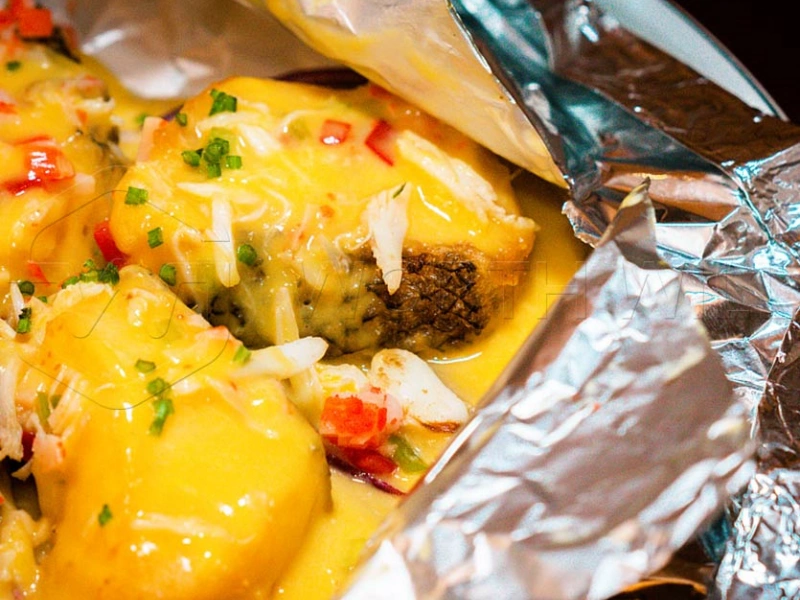
Following from the previous explanation, if it doesn’t matter which side touches the food, then it also doesn’t significantly matter whether the shiny side of the foil goes up or down when you’re using it to cover a dish or line a pan.
Some people believe the shiny side reflects more heat and the dull side absorbs more heat. While this is true in a scientific sense (a shiny surface is a better reflector of radiant heat than a dull one), the actual difference in how your food cooks or stays warm is often negligible for typical home cooking. The main way aluminum foil works is by trapping heat (conduction and convection) or creating a barrier, and both sides do this very well.
So, feel free to use whichever side you find easiest to handle, or simply don’t worry about it!
How to Correctly Use Aluminum Foil in the Kitchen
Aluminum foil is an invaluable tool for cooking, baking, and storing food. Here are some of its most common and effective uses:
- Roasting and Baking:
- Covering Roasts: Use foil to cover meats like chicken or turkey during roasting. This helps to lock in moisture, prevent the outside from burning, and ensure even cooking. Remove the foil towards the end if you want a crispy skin.
- Lining Baking Pans: Line baking sheets or casserole dishes to prevent food from sticking and make cleanup much easier. This is especially useful for sticky foods like lasagna or roasted vegetables.
- Foil Packets: Create individual foil packets for cooking fish, vegetables, or even fruit on the grill or in the oven. This steams the food in its own juices, keeping it moist and flavorful, and makes for quick cleanup.
- Grilling:
- Lining Grill Grates: Place foil on the grill grates to prevent small items from falling through or to cook delicate foods that might stick, such as fish or vegetables.
- Wrapping Food: Wrap corn on the cob, potatoes, or even delicate fish fillets in foil before placing them on the grill. This protects them from direct flames and helps them cook through.
- Storing Food:
- Wrapping Leftovers: Use foil to tightly wrap sandwiches, baked goods, or leftover dinner to keep them fresh in the refrigerator. It creates a good barrier against air and moisture.
- Freezing Food: Foil is excellent for wrapping food before freezing. Its ability to conform closely to food helps prevent freezer burn by keeping air out. Double-wrap for extra protection.
- Covering Bowls: Instead of plastic wrap, use foil to cover bowls of salad, dough, or other dishes to keep them fresh.
- Keeping Food Warm or Cold:
- Insulating: Wrap hot food in several layers of foil to help keep it warm for longer, such as when transporting a dish to a potluck. Similarly, it can help keep cold items cool.
Beyond the Kitchen: Unexpected Uses for Aluminum Foil
Aluminum foil isn’t just for food! It has many clever uses around the house:
- Cleaning and Polishing:
- Scrubbing Pans: Crumple a piece of foil into a ball and use it to scrub stubborn food off pots and pans.
- Polishing Silver: Line a bowl with foil, add hot water, baking soda, and salt. Submerge silver items to naturally remove tarnish.
- Sharpening Scissors: Fold a piece of foil several times and cut through it with dull scissors. The friction helps sharpen the blades.
- Moving Furniture: Place small pieces of foil (dull side down) under furniture legs to help heavy items slide easily across carpets.
- Static Cling Reduction: Toss a crumpled ball of foil into the dryer with your laundry to reduce static cling.
- Crafts and Projects: It’s great for kids’ crafts, creating temporary funnels, or protecting surfaces while painting.
Safety First: Important Tips for Using Aluminum Foil
While aluminum foil is generally safe to use, there are a few important points to remember:
- Avoid Microwaves: Never put aluminum foil in a microwave oven. It can cause sparks, electrical arcing, and potentially damage your microwave or even cause a fire.
- Acidic Foods: For very acidic foods (like tomatoes, lemons, or vinegar), avoid prolonged contact with aluminum foil, especially when hot. Over time, a small amount of aluminum can leach into the food, though it’s usually considered safe in small quantities. For long-term storage of highly acidic foods, glass or plastic containers are better.
- Air Fryers: Unless your air fryer manual specifically states it’s safe, avoid using foil in an air fryer. It can block airflow and lead to uneven cooking or damage.
Is Aluminum Foil Eco-Friendly?
Aluminum foil is recyclable! However, it needs to be relatively clean and free of excessive food residue to be accepted by recycling centers. Rinse off any large pieces of food before scrunching it into a ball (larger than a golf ball helps it get sorted correctly). By recycling your used aluminum foil, you help reduce waste and the energy needed to produce new aluminum.
Conclusion
From cooking perfect roasts to helping you clean, aluminum foil is an indispensable item in any home. Now you know that the difference between the shiny and dull sides is mainly cosmetic and doesn’t affect its performance for most kitchen tasks. By following these tips on how to use aluminum foil and understanding its versatility, you can make the most of this simple yet powerful kitchen staple, ensuring your food is cooked perfectly and stored safely.
Leave a Comment
You must be logged in to post a comment.

